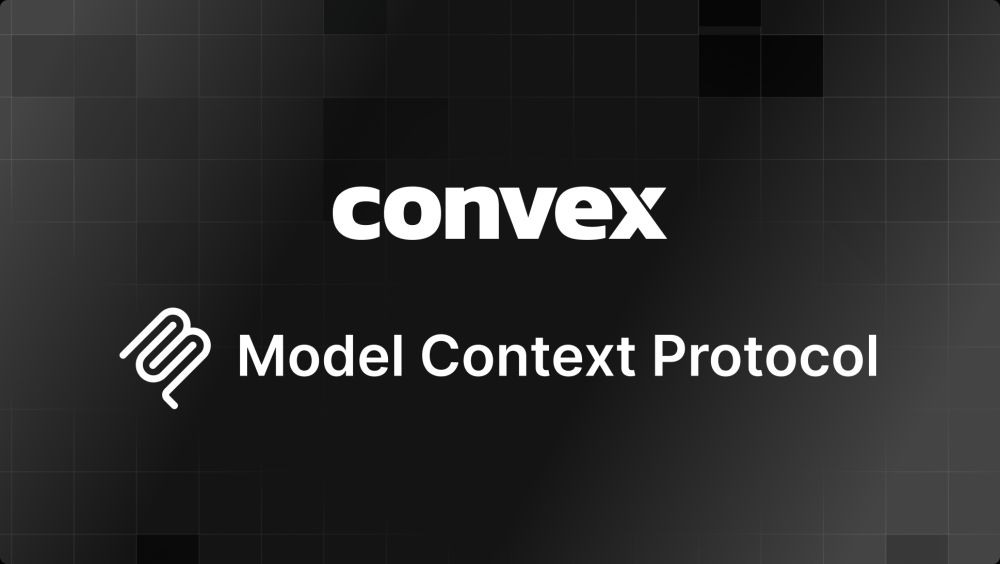
isaac's dropbox.tech/infrastructu... for more

isaac's dropbox.tech/infrastructu... for more
we then wire up these inputs and outputs to a real websocket, indexeddb, etc. in a client. but since we have this separation, it's trivial to reproduce any bug in a test.
we then wire up these inputs and outputs to a real websocket, indexeddb, etc. in a client. but since we have this separation, it's trivial to reproduce any bug in a test.
the cost? implementing reachability checks efficiently is *hard*. more on that later.
the cost? implementing reachability checks efficiently is *hard*. more on that later.



